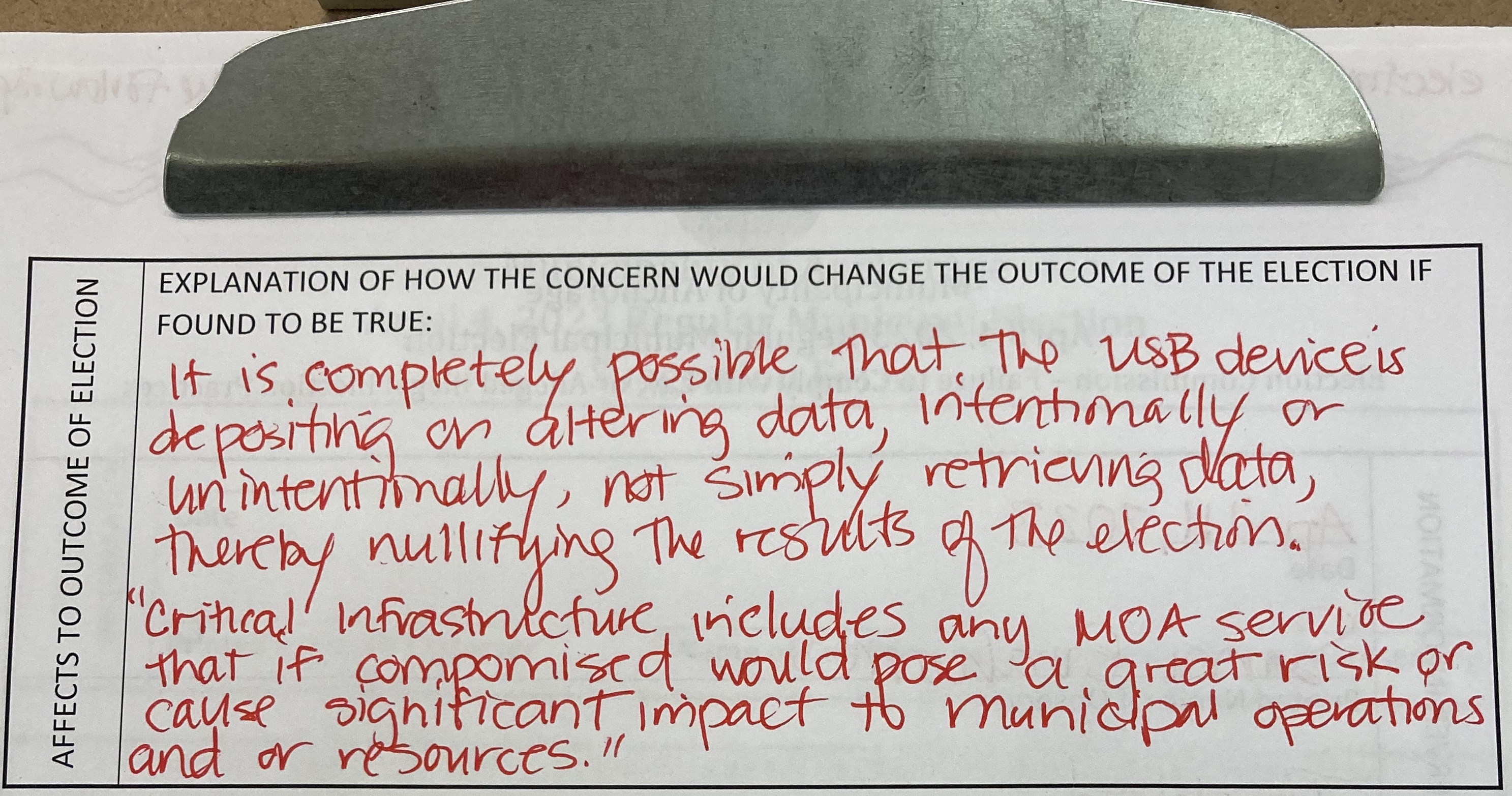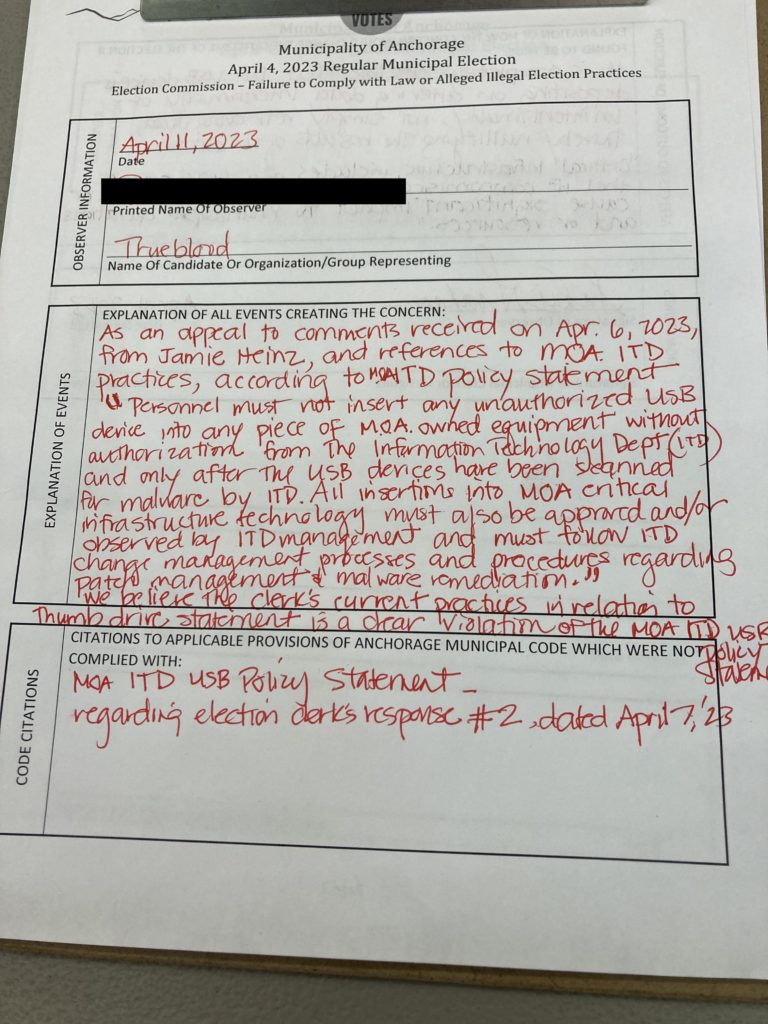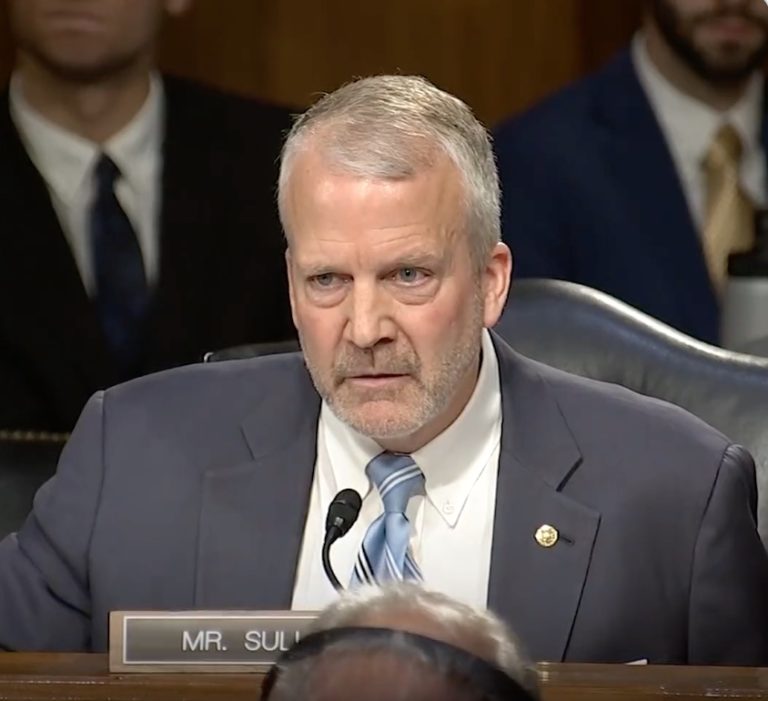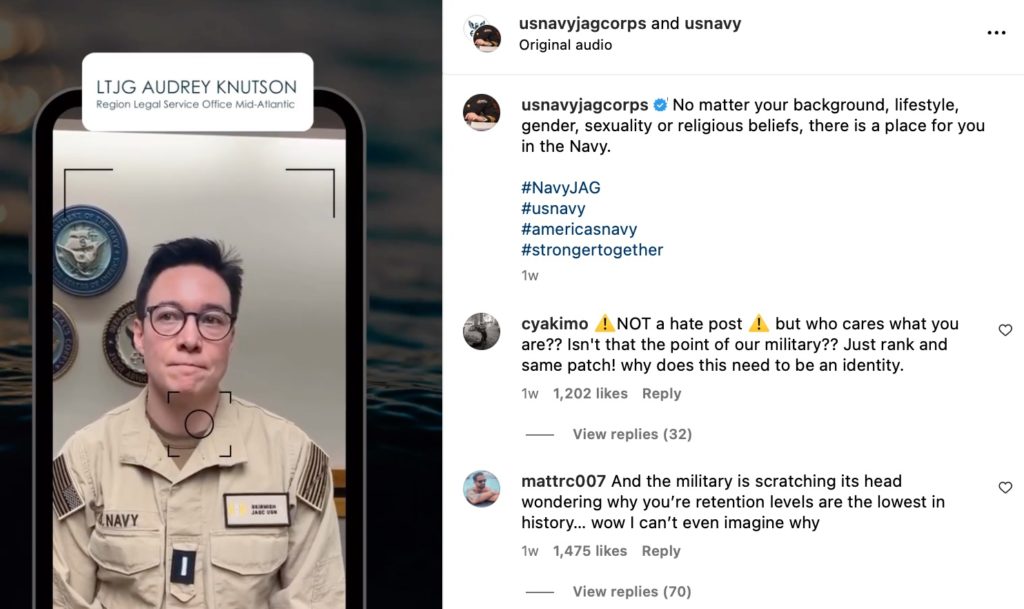The Democrats are celebrating. Anchorage Assembly will certify the April 4 municipal election during its Tuesday night meeting and administer the oath of office to the new Assembly members, who will then take their seats on the governing body that is managing the affairs, setting the tax rates, and expanding the homeless industrial complex into a full-blown crisis in Alaska’s largest city.
Voter turnout was low, and as the Assembly certifies the election, it appears it will be 65,762 voters out of of 235,546 registered voters, for a 28% turnout. The results, still unofficial until certified on Tuesday, are at this link.
Leaving the Assembly is Assembly Chairwoman Suzanne LaFrance, former chairwoman Austin Quinn-Davidson, interim appointed Eagle River Assemblywoman Robin Dern, and interim appointed Assemblyman Joey Sweet. None of them ran for reelection. Pete Peterson will also leave the Assembly, term-limited after three terms.

Scott Myers, above, won a seat on the Assembly.
With the exception of Scott Myers of Eagle River, all the new members are hardcore leftists endorsed by a group that is trying to shut down natural gas in Anchorage, among other things. The Outside dark-money Alaska Center had a clean sweep with its endorsed candidates. The group has now turned its focus to taking over the Chugach Electric Association. The Alaska Republican Party had no successes in this election, except for a late and tepid endorsement of Myers.
Questions remain about some procedures at Election Central in Anchorage, with observers filing challenges because unknown thumb drives were inserted into equipment, without anyone checking to see if it had data on it. The complaint is below:


Other concerns raised by observers include that the Assembly has changed some of its rules that will allow Assembly members who won their seats to certify their own election results. Essentially, members can vote on anything that has to do with an election they were in, a rule that the Assembly changed in the middle of the election cycle.
Results that will be certified on Tuesday
Downtown: Assemblyman Chris Constant will serve a third term, winning with 64.85% of the vote. In addition to the Alaska Center and Democrats, he is supported by the LGBTQ Victory Fund, an Outside special interest group.
Eagle River: Scott Myers will serve his first term, winning with 59.21% of the vote. Appointed member Robin Dern did not seek election for the seat formerly held by now-Rep. Jamie Allard. Myers is the only incoming conservative, bringing the total to three out of the 12 who serve.
West Anchorage: Anna Brawley will serve her first term, replacing Austin Quinn-Davidson. Brawley won with 56.63% of the vote. She is a big-government union choice and her company, Agnew-Beck has multiple contracts with the left-run Assembly. Her endorsers include Anchorage Police Department Employees Association PAC, Anchorage Central Labor Council, AFL-CIO, Alaska Laborers Local 341, and Plumbers and Steamfitters Local 367.
Midtown: Assemblyman Felix Rivera will serve a third term, winning 54.28% of the vote. He successfully beat off a recall attempt in 2021 and is championed by the LGBTQ Victory Fund.
East Anchorage: Karen Bronga will serve her first term, having won 59.33% of the vote for Pete Peterson’s seat. She was endorsed by Forrest Dunbar, Pete Peterson, and numerous Democrat officials in Alaska.
East Anchorage: George Martinez will be sworn in for his first term, after winning 56.68% of the vote for the seat vacated by now-Sen. Forrest Dunbar. The appointed interim member, Joey Sweet, did not run for the seat. Martinez comes from the Occupy Wall Street movement in New York City.
South Anchorage: As Suzanne LaFrance demurred from running for a third term, Zac Johnson won and will be sworn in to represent South Anchorage after winning 50.70% of the vote. He is endorsed by many unions, including AFL-CIO, Teamsters, ASEA public employees, APEA, AFT education unions, police and firefighter unions.
School Board: Dave Donley won reelection to a third term, with 57.52% of the vote areawide.
The Assembly agenda is at this link.









Tucker Carlson’s powerful speech: ‘Herd instinct is the strongest instinct’
A remarkable segment of Tucker Carlson’s speech at the Heritage Foundation 50th anniversary gala dinner in Washington, D.C. on Friday, which closed out two days of a summit on the political realities of our era:
Carlson: I would just say two things about the present moment…
The first is, you look around and you see so many people break under the strain, the downward pressure of whatever it is that we’re going through. The disdain and sadness as you see people you know become Quislings, you see them revealed as cowards, going along with the New New Thing, and it is always a silly thing, saying things you know they don’t believe because they want to keep their jobs… and you’re so disappointed in people.
You realize the herd instinct is the strongest instinct, it may be stronger than the hunger and sex instincts. The instinct, which is inherent, to be like everybody else, not to be cast out of the group and shunned. It takes over in moments like this, it is harnessed by bad people in times like this to produce uniformity. You see people go along with this and you lose respect for them.
That has happened to me at scale over the past three years. I’m not mad at people, I’m just sad and disappointed. How could you go along with this, you know it is not true but you’re saying it anyway. Really, you’re putting your pronouns on your email? It’s ridiculous. what does that even mean? You’re saying things you can’t define.
“LGBTQIA+” Who’s the plus? The plus is invited on my show any time. Find a plus and I’ll interview him. What’s it like to be a plus? Am I a plus? I can do addition, does that make me a plus? No one even knows what it is, and the whole society… So you reach that place and you feel… I am so upset by some people I love and the country I revere… You see the sadness happening.
But, there is a countervailing force at work always. There is a counterforce to the badness, it is called goodness! And you see it in people. So for every ten people who are putting he/him in their electronic J.P Morgan email signatures, there’s one person who says, “No, I’m not doing that, sorry. It’s a betrayal of what I think is true… of my autonomy. I am a free citizen and I’m not doing that, and there’s nothing you can do to me to make me do it. And I hope it won’t come to that, but if it does come to that, here I am.” It’s Paul on trial. Here I am.
And you see that in people and it is a completely unexpected assortment of people… But because I’m sort of paid to predict things I think about what connects certain outcomes before they occurred. In this case, there is no thread I can find that connects all of the people who’ve popped up in my life to be that lone, brave person in the crowd who says, No thank you.”
You could not have known who these people are. They don’t fit a common profile… Some of them are people I despised on political grounds just a few years ago. You might know their names but I don’t want to wreck your dinner by telling you who they are. But there is in one case someone who I made fun of on television, and certainly in my private life in vulgar ways, who is really the embodiment of everything I found repulsive, who in the middle of Covid decided they’re not going along with it. And once you say one true thing and stick with it, other true things occur to you.
The truth is contagious. Lying is, but the truth is as well. And the second you decide to tell the truth about something you are filled with this power from somewhere else. Try it! Tell the truth about something. You’ll feel it every day. The more you tell the truth, the stronger you become. That’s completely real. It is measurable in the way that you feel.
And of course, the opposite is also true. The more you lie, the weaker and more terrified you become. We all know that feeling. You lie about something and all of a sudden you are a prisoner of that lie. You are diminished by it… Drug and alcohol use is the same way. It makes you weak and afraid.
But you look around and you see some of the people who have really paid a heavy price for telling the truth. They are passed out of their groups, but they do it anyway. I look at those people with the deepest possible admiration…
But how about if you’re a senior vice president at Citibank and you’re making four million a year… you need this job, and your whole sector is kind of collapsing. There is no incentive for you to tell the truth about anything. You just go into reeducation meetings and go, “Oh, yeah, diversity is our strength. Equity in the capital markets. All right!”
So if you are the one guy who refuses to say that, you are a hero, in my opinion. And I know some of them, in fact, my job is to interview them. And I sit back and look at these people, and I give them more credit than people who display physical courage, which is often impulsive… Every man fantasizes about what he would do when the building catches fire and you hear a baby crying. You rush inside. No one is trained to stand up in the middle of a DEI meeting at Citibank and say it is nonsense. And the people who do that — they have my deepest admiration. Their example gives me hope.
That’s the first thing… In this profound moment of widespread destruction of the institutions that people who share our views built… we can also see rising in the distance new institutions built by new people who are every bit as brave as the people who came before us. Amen!
Here’s the second thing, which is that it might be time to start to reassess the terms we use to describe what we’re watching. When I started at Heritage, the presumption was a very Anglo-American assumption, that the debates we’re having are rational debates about the way to get to mutually agreed upon outcomes. So, like, we all want the country to be more prosperous and free and people to be less oppressed or whatever. So we’re going to argue about tax rates… but the objective is the same. so we write our papers and they right their papers and may the best paper win.
I don’t think that’s what we’re watching now at all. I don’t think we’re watching a debate over how to get to the best outcome. That’s completely wrong… There is no way to assess the transgender-ist movement with that mindset. Policy papers don’t cover it at all. If you have people who say, “I have an idea, let’s castrate the next generation. Let’s sexually mutilate the children.”
I’m sorry, that’s not a political debate. What? It has nothing to do with politics. What’s the outcome we’re desiring here? an androgynous population? Are we arguing for that? I don’t think anyone could defend that as a positive outcome.
But the weight of the government and a lot of corporate interests are behind that. Well, what is that? It’s not rational. If you say you think abortion is always bad, or sometimes it is necessary. That’s a debate I’m familiar with. But if you’re telling me that abortion is a positive good, what are you saying? Well, you’re arguing for child sacrifice… I have compassion for everyone involved, but when the Treasury Secretary comes up and says you can help the economy by getting an abortion — well, that’s like an Aztec principle, actually. There’s not a society in history that didn’t practice human sacrifice. not one, I checked… It wasn’t just the Mesoamericans, it was everybody. So that’s what that is.
So what’s the point of child sacrifice? There’s no policy goal entwined with that. That’s a theological phenomenon. That’s kind of the point I’m making. none of this makes sense in conventional political terms. When people or crowds of people, or the largest crowd of people, the federal government, the largest organization in human history, decide that the goal is to destroy things, destruction for its own sake, let’s tear it down — what you’re watching is not a political movement, it is evil.